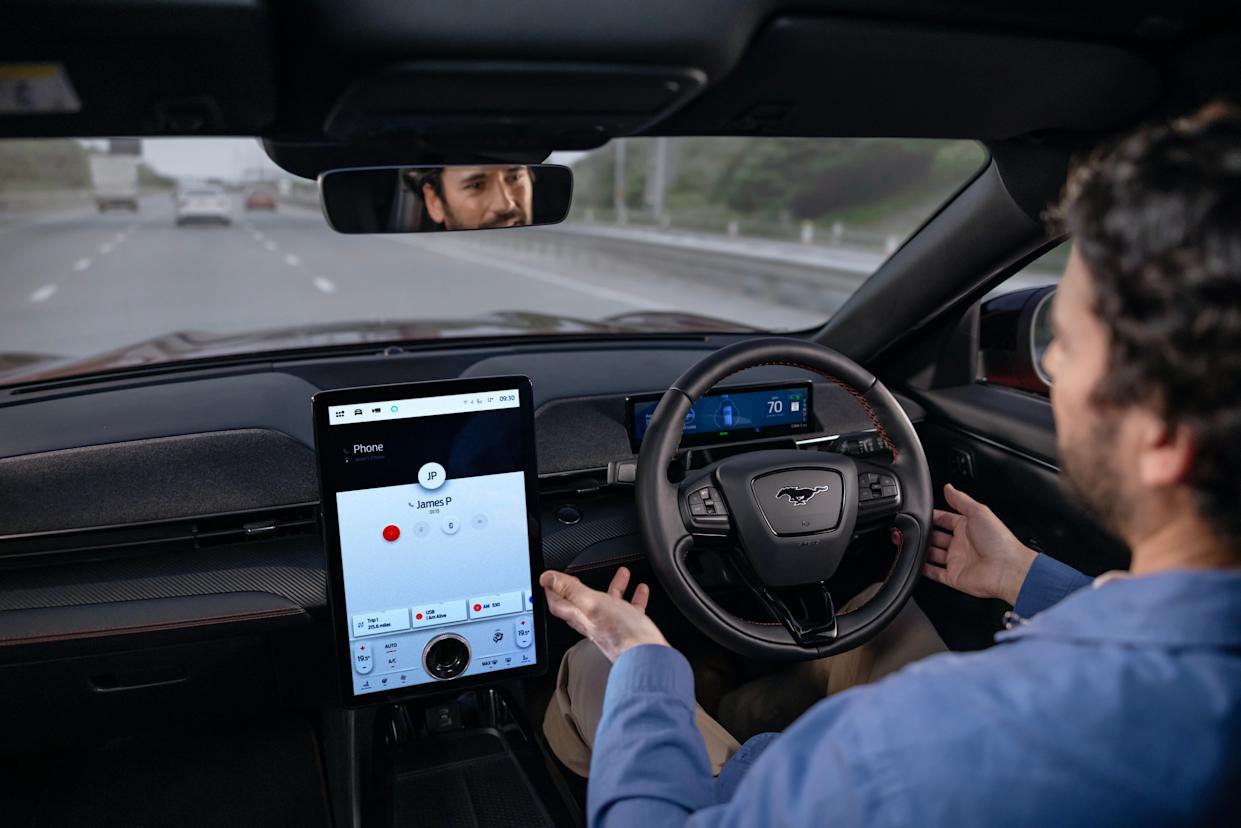
More new-vehicle shoppers are clamoring for hands-free driver-assist technology and rear automatic emergency braking, according to a study by AutoPacific.
Forty-three percent of shoppers who responded to the survey said they wanted the features. A year ago, less than a quarter said they were interested in hands-free driving and less than a third wanted rear automatic emergency braking.
Of the top 15 most-wanted features, eight are autonomous driving or driver-assist technology, including lane-change assist, rear cross-traffic alerts with emergency braking, emergency evasive steering assist and more.
Features new-vehicle shoppers want most
New-vehicle shoppers are yearning for more driver-assist technology in their vehicles, according to an AutoPacific survey of 18,000 consumers. The results are based on preliminary data from AutoPacific’s 2025 Future Vehicle Planner.
2025
2024
Hands-off, semiautonomous driving for highway use only, driver attention required (e.g., GM Super Cruise, Ford BlueCruise) |
| 43% |
| 23% | |
Rearward automatic emergency braking |
| 43% |
| 31% | |
Adaptive cruise control with active lane centering and stop-and-go |
| 40% |
| 29% | |
Lane-change assist |
| 39% |
| 30% | |
Hands-off, fully autonomous driving for all speeds to a prespecified destination (no steering wheel, no option to manually drive, a driver’s attention is not required) |
| 38% |
| 19% | |
Rear cross-traffic alert with automatic emergency braking |
| 38% |
| 32% | |
Emergency evasive steering assist |
| 37% |
| 30% | |
Hands-off, fully autonomous highway and city driving to a prespecified destination (option to drive the vehicle if desired, a driver’s attention is not required) |
| 37% |
| 22% | |
Large animal detection |
| 36% |
| No data |
Automakers have increased the availability of these features, and added awareness has bolstered demand, said Ed Kim, president and chief analyst at AutoPacific. General Motors and Ford Motor Co. have expanded Super Cruise and BlueCruise and have reduced their prices, he said. Depending on the trim and vehicle, Super Cruise can cost $2,200 to $2,500 for the first three years. After that, it’s $25 per month to maintain connectivity. BlueCruise is $49.99 per month or $495 annually. Ford also offers seven-year coverage for $2,495.
Super Cruise launched in 2017, followed by BlueCruise in 2021.
By now, “consumers have heard of them and understood that these are safe,” Kim said of the systems.
Prices were included in the survey so respondents could understand the costs. They ranged from $50 to $15,000 among the top 15 features. They are either part of the vehicle price or an optional add-on, depending on the model.
Hands-off semiautonomous highway driving, which requires the driver to pay attention to the road, can cost more than $2,000 up front or as much as $50 per month, according to AutoPacific. Rear automatic emergency braking costs $50.
Buyers are more at ease with driver-assist technology
Drivers are also becoming more comfortable with advanced vehicle technology.
Nearly two-thirds of those surveyed said they were comfortable with features enabling their vehicle to handle certain tasks, up 3 percentage points from 2024. More than half said they trust vehicle features that prevent accidents, up 7 percentage points. And nearly half said they want their vehicle to be able to safely drive itself, up 4 percentage points.
The increase in comfort with these features comes as younger shoppers are entering the market, Kim said. The median age of respondents for the study decreased to 39 in 2025 from 44 in 2024.
“A younger consumer is more likely to be accepting and interested in these types of high-tech features,” Kim said.
Despite rising demand, only a third of consumers said autonomous highway driving was a must-have. This is because most consumers have lived without access to these features, Kim said.
Buyers are excited, owners are disappointed
Despite rising demand, data from J.D. Power shows a trend of dissatisfaction with autonomous driving systems among owners.
Owners of vehicles with advanced driver-assistance systems remain indifferent to their value, J.D. Power found in the 2024 U.S. Tech Experience Index. Hands-on-the-wheel active driving assistance is among the lowest-rated ADAS technologies with a perceived usefulness score of 7.61 points out of 10. The most advanced version of the technology has a usefulness score of 7.98.
The highest-rated technology in the study was one pedal driving, with a usefulness score of 9.23.
Owners want technology that solves an identified problem, such as blind spot cameras or rear cross-traffic warnings, said Kathleen Rizk, J.D. Power’s senior director of user experience benchmarking and technology.
“Those technologies, even if they can be problematic for them, they tend to be more forgiving because they’re helping them,” she said.
This lack of satisfaction is a part of autonomous driving systems’ identity crisis, Rizk said. Consumers don’t see a safety benefit, and they don’t see the systems as convenient.
The experience with these features is inconsistent across brands, and the quality can vary as the technology develops, Kim said.
AutoPacific’s Future Vehicle Planner is based on responses from nearly 18,000 consumers ages 18 years or older who plan to acquire a new vehicle within the next three years. This is the fourth year the study has been released. The 2025 survey is the largest sample to date.
Send us a letter to the editor
Have an opinion about this story? Tell us about it and we may publish it in print. Click here to submit a letter to the editor.

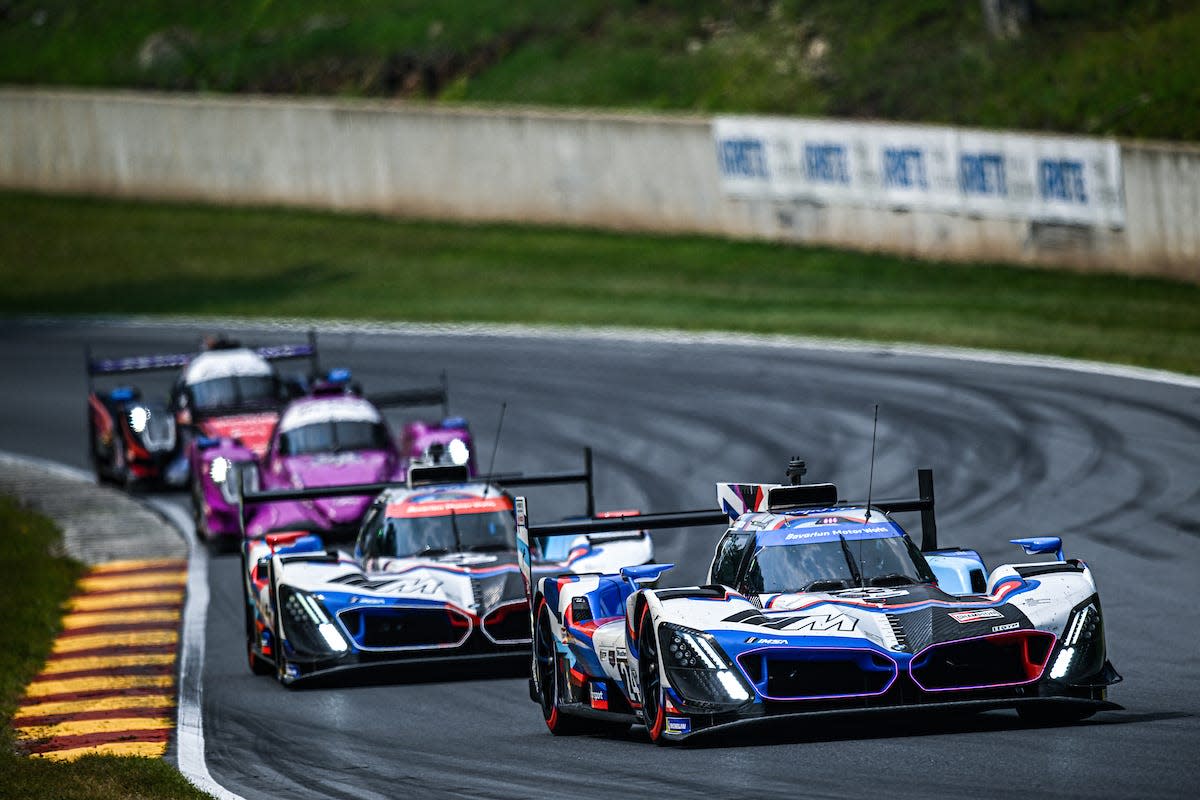
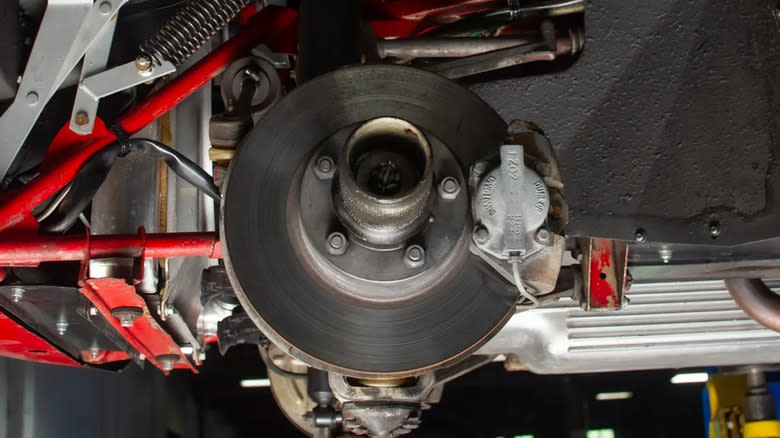
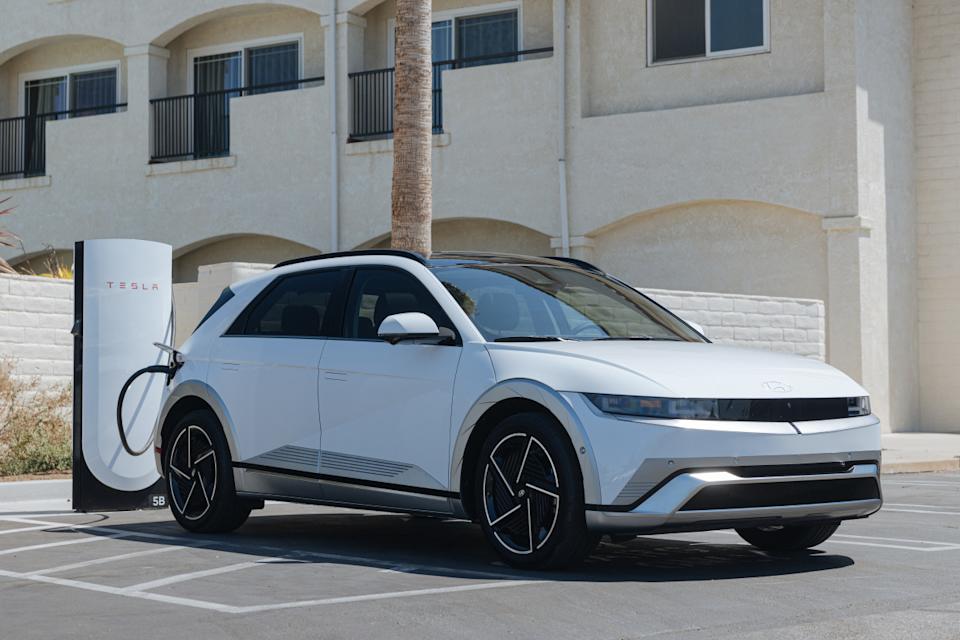

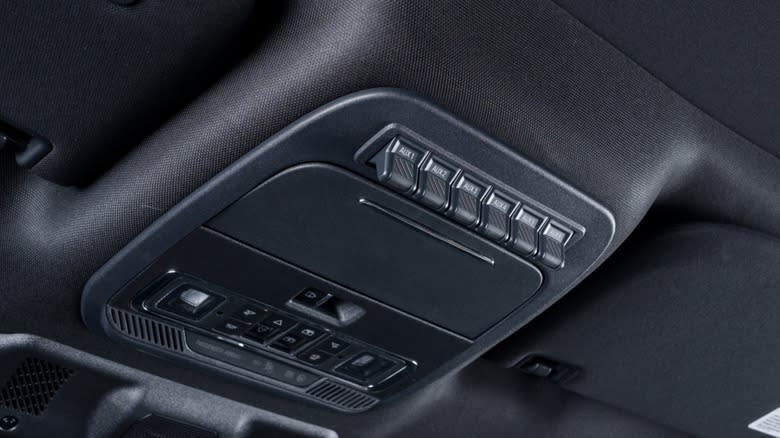


Comments